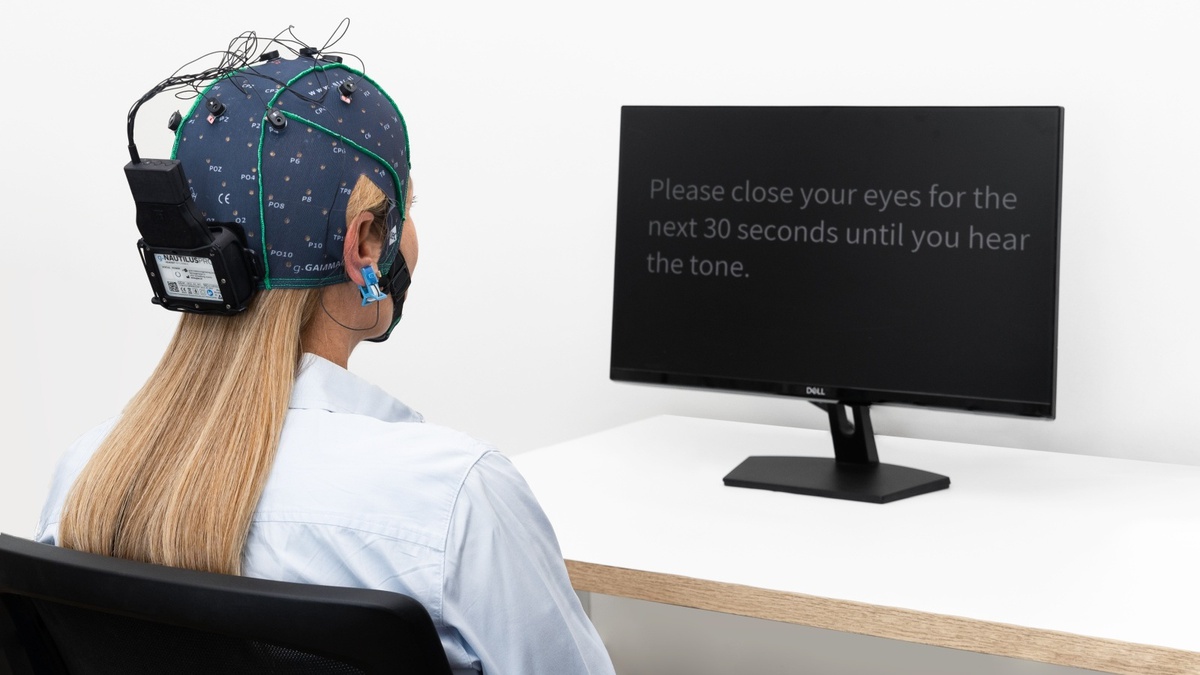
Neurofeedback is a cutting-edge technique that trains the brain to improve its function. But what exactly is it? Neurofeedback uses real-time monitoring of brain activity to teach self-regulation of brain function. This method can help with various conditions like ADHD, anxiety, and even migraines. Imagine playing a video game where your brainwaves control the action—this is essentially how neurofeedback works. Sensors attached to your scalp send data to a computer, which then provides instant feedback. Over time, this helps the brain learn healthier patterns. Curious about how this works and its benefits? Let's dive into 28 fascinating facts about neurofeedback!
What is Neurofeedback?
Neurofeedback, also known as EEG biofeedback, is a type of therapy that uses real-time monitoring of brain activity to teach self-regulation of brain function. This method has been gaining popularity for its potential benefits in treating various neurological and psychological conditions.
-
Neurofeedback involves measuring brain waves using an electroencephalogram (EEG) and providing feedback to the individual.
-
The feedback can be visual, auditory, or tactile, helping the person learn to control their brain activity.
-
Neurofeedback is non-invasive, meaning it does not require surgery or medication.
-
It has been used to treat conditions like ADHD, anxiety, depression, and PTSD.
-
The therapy aims to improve brain function by promoting healthier brain wave patterns.
How Neurofeedback Works
Understanding the mechanics behind neurofeedback can help demystify its effectiveness. The process is both fascinating and complex.
-
During a session, sensors are placed on the scalp to measure electrical activity in the brain.
-
The EEG data is then processed by a computer, which provides real-time feedback to the individual.
-
The feedback helps the person learn to produce desired brain wave patterns, such as those associated with relaxation or focus.
-
Over time, the brain learns to maintain these patterns without the need for feedback.
-
Sessions typically last between 30 to 60 minutes and are usually conducted once or twice a week.
Benefits of Neurofeedback
Neurofeedback offers a range of benefits that make it an appealing option for many people. These advantages extend beyond just symptom relief.
-
It can improve attention and focus, making it particularly useful for individuals with ADHD.
-
Neurofeedback has been shown to reduce symptoms of anxiety and depression.
-
It can enhance cognitive performance, including memory and problem-solving skills.
-
The therapy can improve sleep quality by regulating brain wave patterns associated with sleep.
-
Neurofeedback is also used to manage chronic pain by altering the brain's perception of pain.
Neurofeedback for Mental Health
Mental health conditions are among the most common reasons people seek neurofeedback therapy. The results can be life-changing.
-
Studies have shown that neurofeedback can reduce symptoms of PTSD by helping individuals regulate their emotional responses.
-
It has been effective in treating obsessive-compulsive disorder (OCD) by normalizing brain wave activity.
-
Neurofeedback can help manage bipolar disorder by stabilizing mood swings.
-
The therapy has been used to treat substance abuse by reducing cravings and improving self-control.
-
Neurofeedback can also alleviate symptoms of autism by enhancing social and communication skills.
Neurofeedback for Physical Health
While often associated with mental health, neurofeedback also offers benefits for physical health conditions.
-
It can help manage migraines by reducing the frequency and intensity of headaches.
-
Neurofeedback has been used to treat epilepsy by decreasing the occurrence of seizures.
-
The therapy can improve motor function in individuals with Parkinson's disease.
-
It has been shown to enhance athletic performance by optimizing brain function.
-
Neurofeedback can aid in recovery from traumatic brain injuries by promoting neural plasticity.
Limitations and Considerations
Despite its many benefits, neurofeedback is not a one-size-fits-all solution. There are limitations and factors to consider.
-
The effectiveness of neurofeedback can vary from person to person.
-
It may require multiple sessions to see significant improvements, which can be time-consuming and costly.
-
Not all practitioners are equally skilled, so it's important to choose a qualified professional for the best results.
Final Thoughts on Neurofeedback
Neurofeedback offers a fascinating glimpse into how our brains function and how we can potentially improve mental health. By training the brain to self-regulate, this technique has shown promise in treating conditions like ADHD, anxiety, and depression. It's non-invasive, drug-free, and tailored to individual needs, making it an appealing option for many. While more research is needed to fully understand its long-term effects, the current evidence is encouraging. If you're considering neurofeedback, consult with a qualified professional to see if it's right for you. With ongoing advancements, this field could become a cornerstone in mental health treatment. Keep an open mind and stay informed about new developments. Neurofeedback might just be the key to unlocking better mental well-being.
Was this page helpful?
Our commitment to delivering trustworthy and engaging content is at the heart of what we do. Each fact on our site is contributed by real users like you, bringing a wealth of diverse insights and information. To ensure the highest standards of accuracy and reliability, our dedicated editors meticulously review each submission. This process guarantees that the facts we share are not only fascinating but also credible. Trust in our commitment to quality and authenticity as you explore and learn with us.
